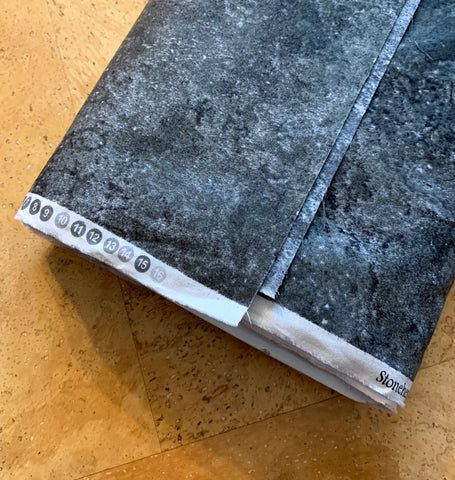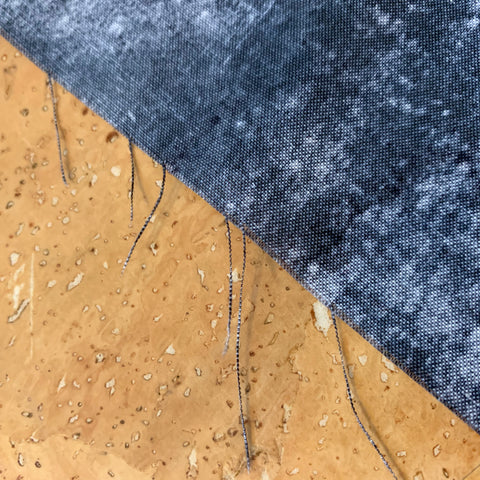One of the first sewing lessons I took started with discussing fabric grain.
When quilting, this is good information to know so I thought I would share some basics with you.
Different fabric types have different weaves and different fibers. That is what gives each of them their different texture and stretch.
90% of the fabric I buy is 100% cotton, 40"-44" wide, folded in half, and rolled on a cardboard bolt.

The selvage is the printed edge of the fabric, usually on the bottom edge of the bolt.

The fold is usually at the top of the bolt.

The grain is based on the individual threads and the weave of the fabric. With 100% cotton quilting fabric, it's pretty basic weave. Sometimes it's easier to see from the back side of the fabric.

Sometimes pulling on one thread will help you see which direction the weave is going.

Here is a good diagram of the fabric terms.

If you can't tell which way the fabric is going, trying stretching it a few different directions. The bias is the stretchiest direction. Bias Tape or Bias Binding is cut at a 45 degree angle to the selvage edge.
The Straight Grain, or the Warp of the fabric, runs parallel to the selvage. Most of the time, quilting pieces and other sewing pieces are cut along the straight grain so that there is little stretch and distortion when the pieces are sewn together.
When pattern pieces are laid out on the fabric, there is usually an arrow to show which way to lay out the pattern so that the pieces lay out with the Straight Grain.
The Cross Grain, or the Weft of the fabric runs perpendicular to the selvage edge.
There is your quick explanation of fabric grain!
Have fun quilting!

Thank you for the helpful hints
Thank you for making this simple and easy.